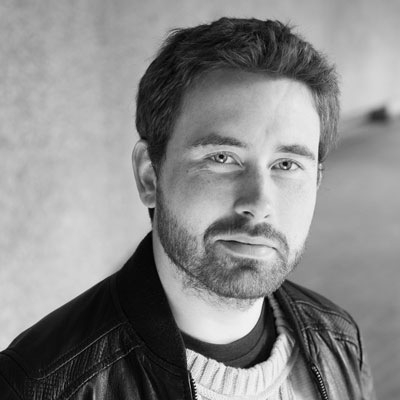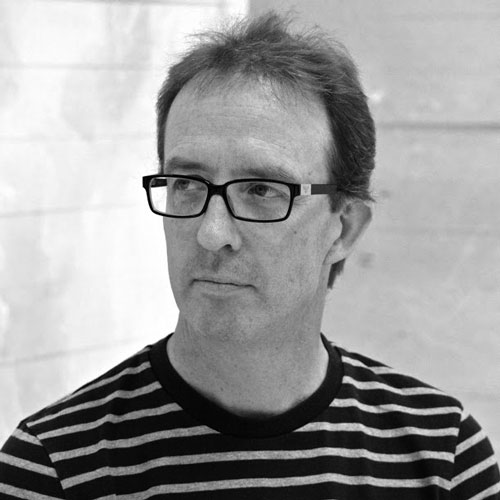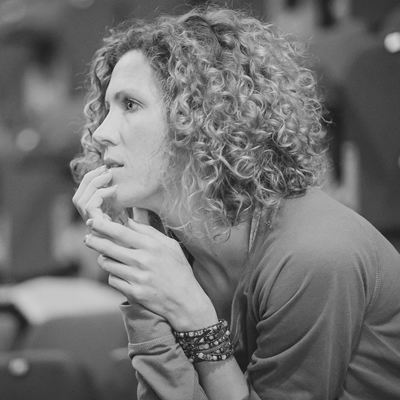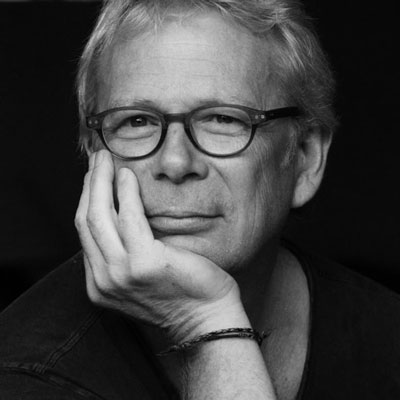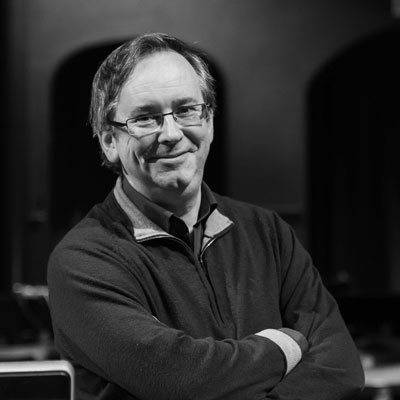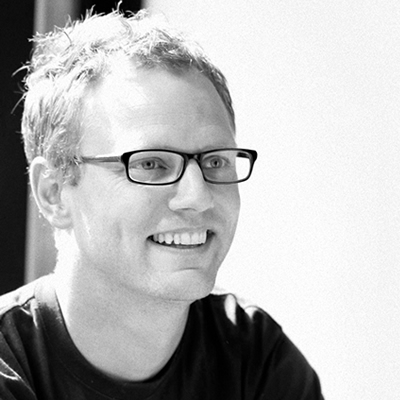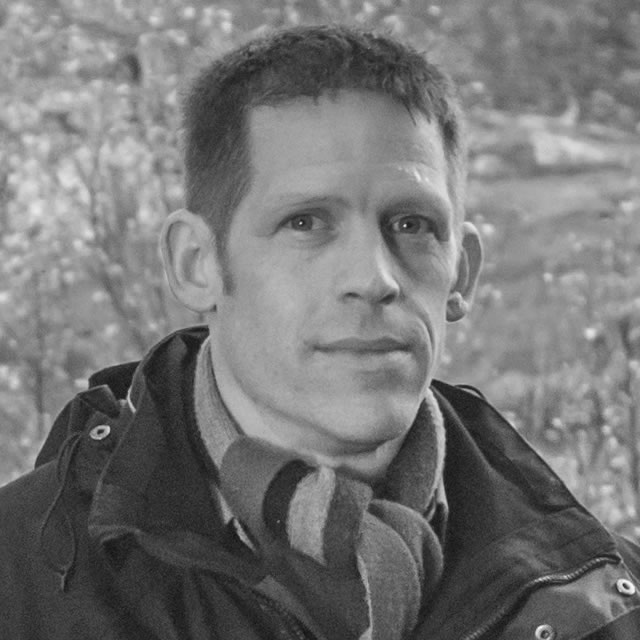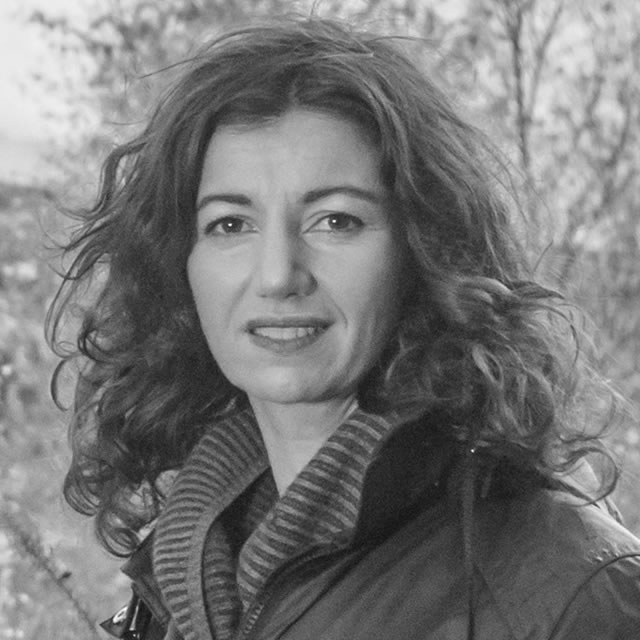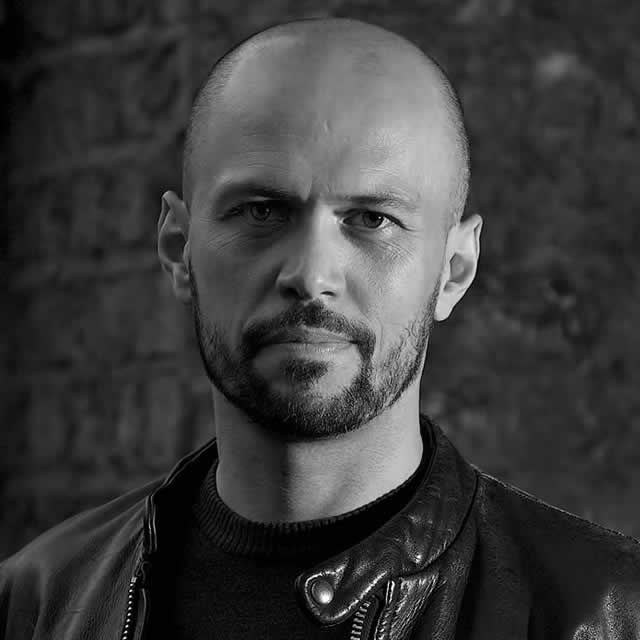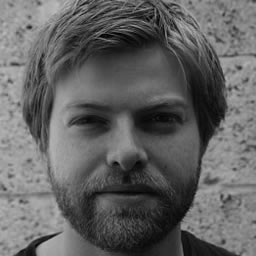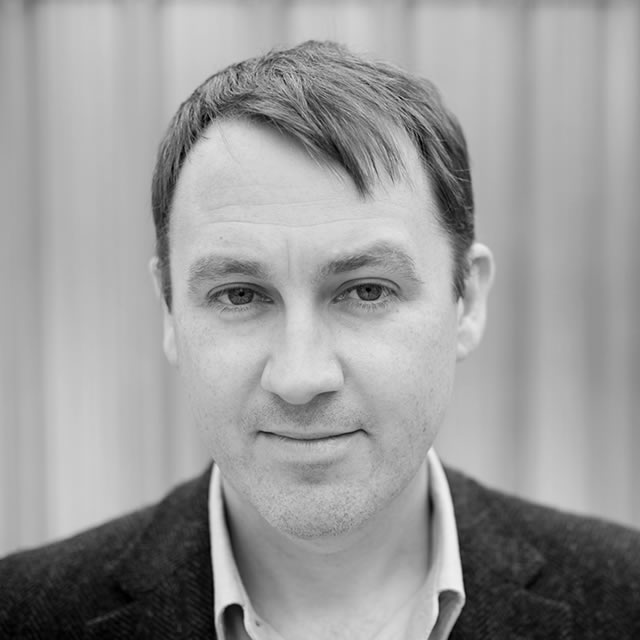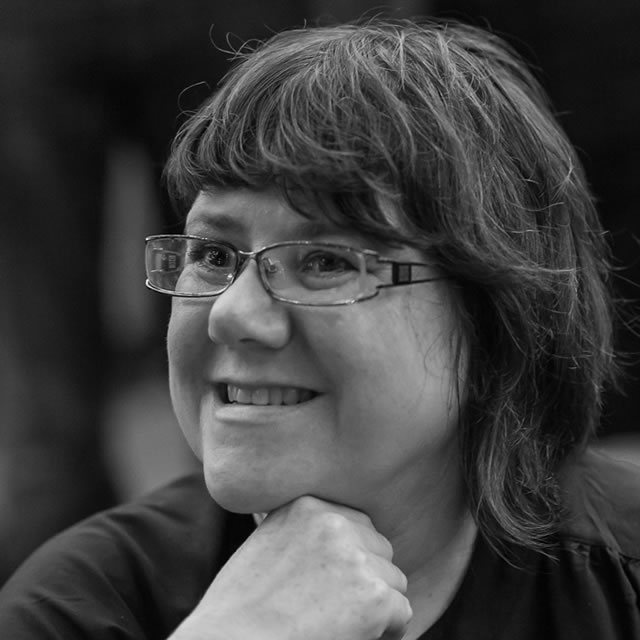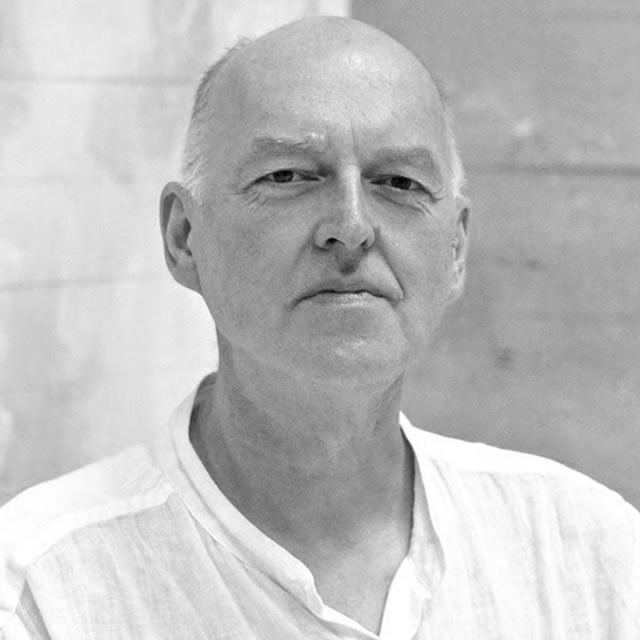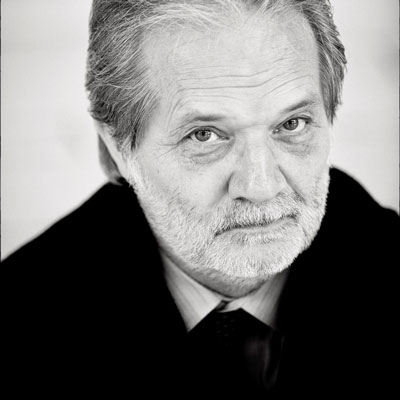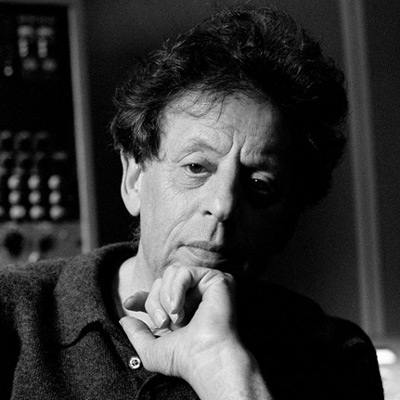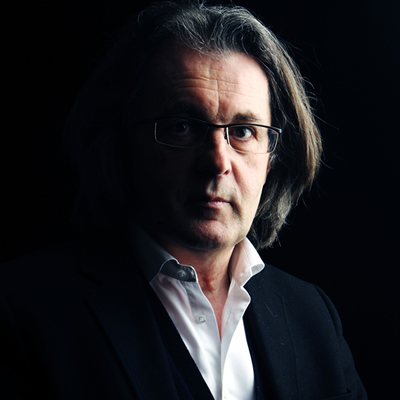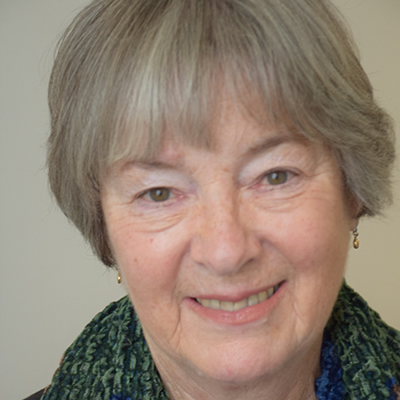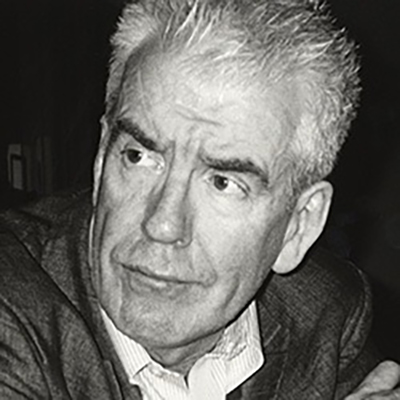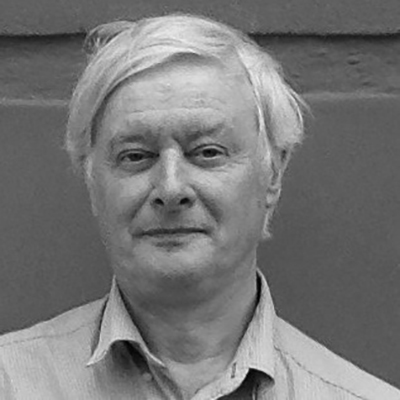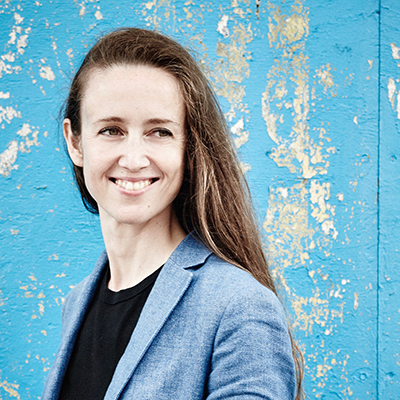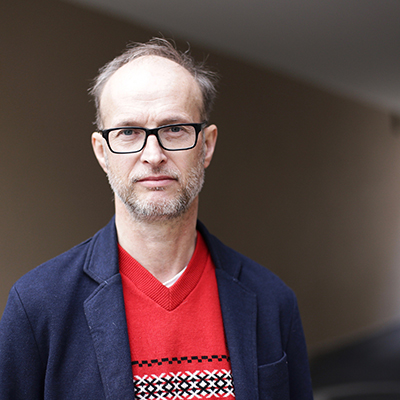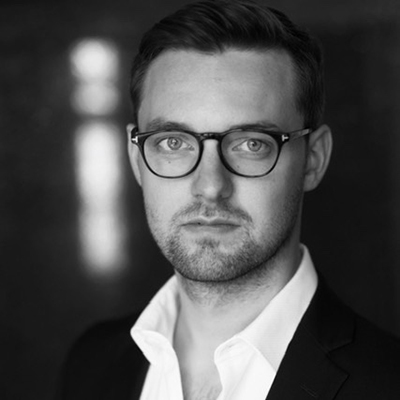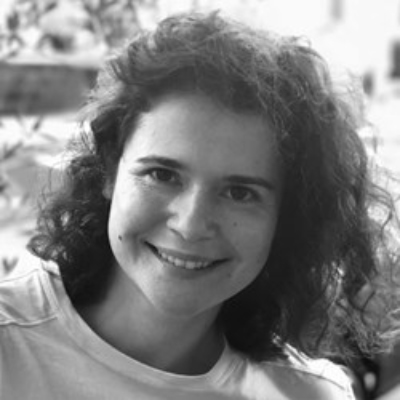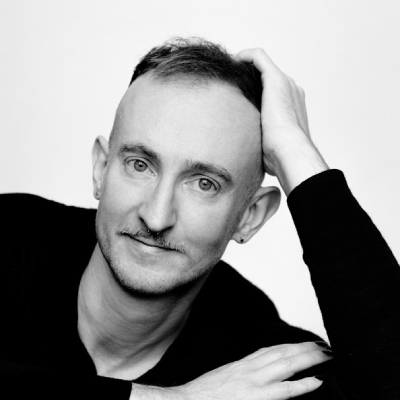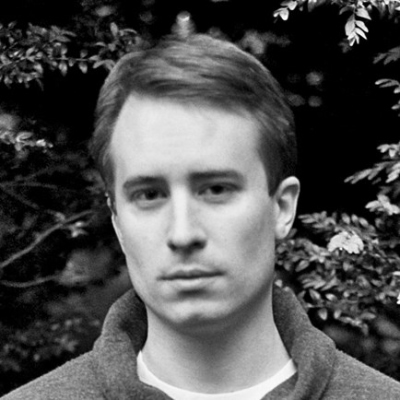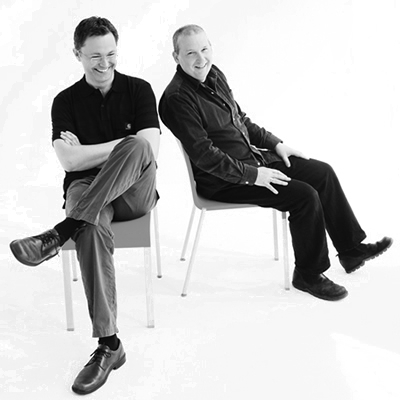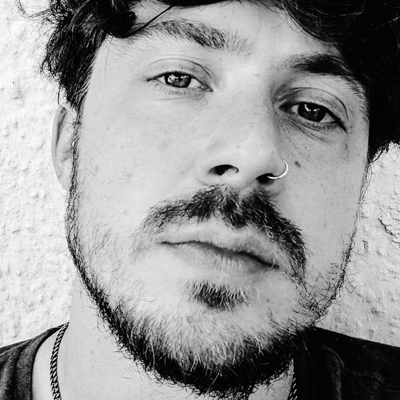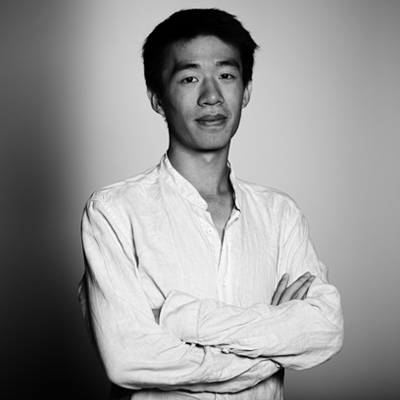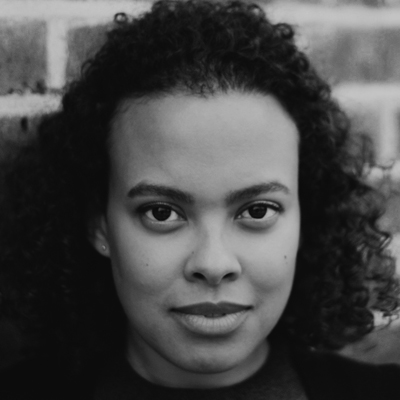Welcome
I am thrilled to welcome you to this world premiere touring performance of VIOLET. The journey to reach this point has not been straightforward, and I want to offer my sincere thanks to the creative team who have shown such resilience, determination and vision to bring this piece to life, and of course to Tom Coult and Alice Birch for their incredible forbearance as their creation was held in suspense for two long years, as well as for their amazing piece!
Working in partnership with Britten Pears Arts for the first time has ensured the successful and smooth launch of this new opera, and having it open the Aldeburgh Festival is a true privilege and the fulfilment of a long-held dream for MTW, following in the footsteps of so many exceptional new opera premieres. I also want to celebrate our association with the London Sinfonietta, extending their vital role as an exemplary new music ensemble and as producing partners.
Making work of this quality and ensuring it reaches audiences in Wales and England who are excited at the prospect of encountering new opera is the thing that makes us tick. Our challenge is to ensure new opera remains part of our cultural landscape, and the best way to do this is to make work that is of now. I believe VIOLET fulfils this aim and I hope you will agree with me that it has been well worth waiting for.
Michael McCarthy MBE
A co-production for the Aldeburgh Festival by Music Theatre Wales and Britten Pears. Production staged in association with the London Sinfonietta.
Commissioned by Music Theatre Wales and Britten Pears in association with Theater Ulm.
Please note: this production contains strong language.
CREATIVE TEAM
.jpg) Image by Marc Brenner
Image by Marc Brenner
Synopsis
Violet has been depressed for as long as she can remember. She lives in the largest house in the village with her husband, Felix and their maid - Laura. At the centre of the village is a clocktower.
Lights go on at six, bread rises in the ovens at seven and the front doors are opened at eight. Men work in fields and offices and women cook and sew, clean and raise their children. Roses are grown in front gardens, chickens and cats wander the village and everything runs like clockwork.
Or at least, that is how it used to be.
When time begins to disappear - at first imperceptible to everyone but Violet - it seems that their world has not been what they thought it was for some time. And, just as the world looks to be ending, Violet’s depression ebbs away and a violent, desperate yearning to suddenly live takes over.
The mechanics of time being lost are reflected in the form of the storytelling - each scene takes place on a different day, as more and more time begins to fall away. Day One - when the change is noticed by no one but Violet, and then Day Three when three hours are lost, Day Five when five hours are gone, and so on, until light is lost and hope is vanishing.
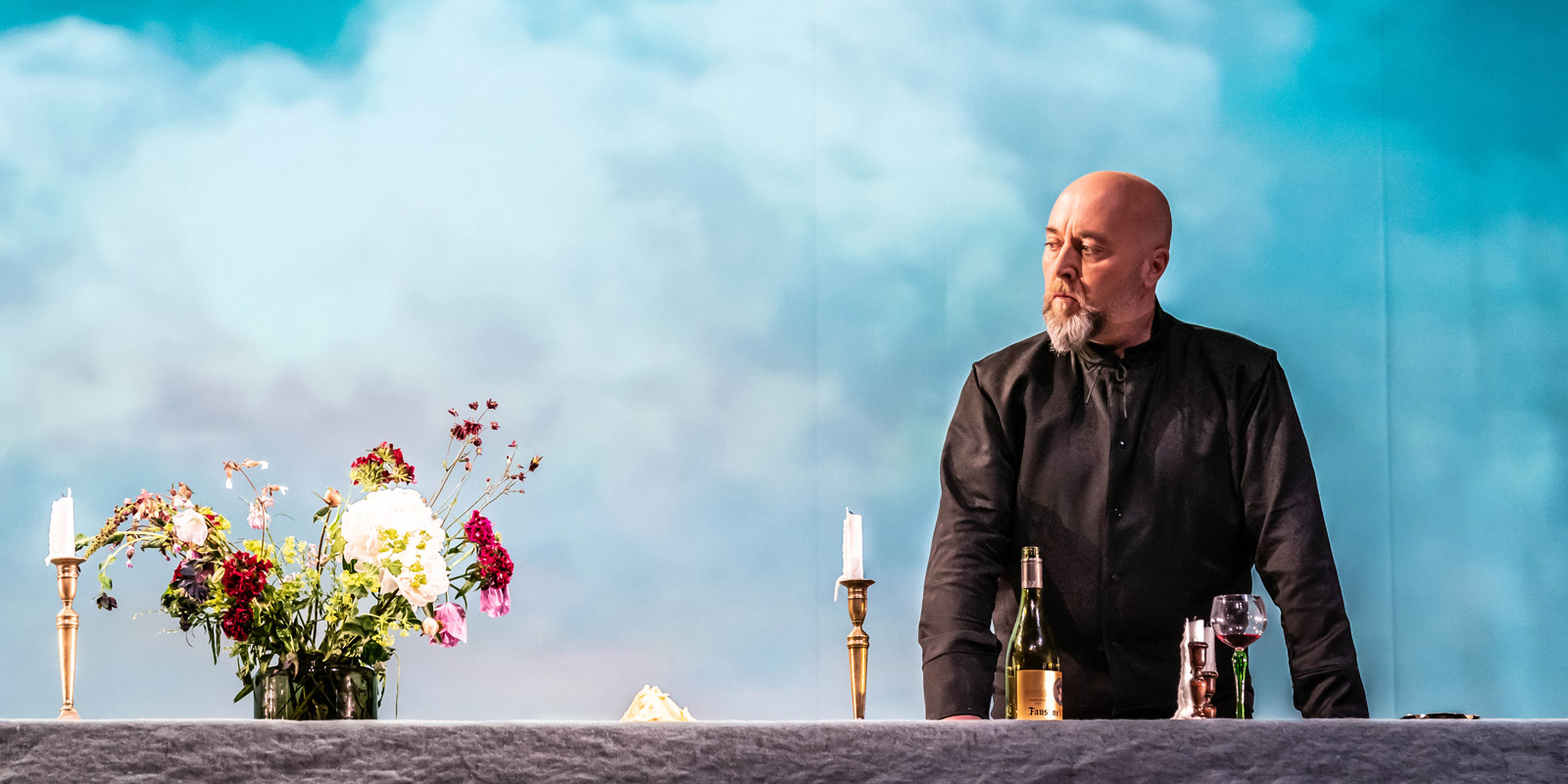 Image by Marc Brenner
Image by Marc Brenner
Composer's note
People seem to like Violet’s central premise: that of hours disappearing one by one until there are no more left. There is a clarity to the idea, but a lot of complexity. I think there’s also a sense that for all of us perpetually stressed humans of late capitalism, the idea of having fewer hours in which to complete one’s day strikes a certain terror.
The opera has a built-in structural process: the story is told over 24 days, but these days get shorter and shorter – Day 1 is 23 hours long, Day 2 its 22 hours long and so on. Day 24 doesn’t exist. I like how the ‘rules of the game’ are so defined.
There are some brilliant ‘time-going-wrong’ stories that I thought about a lot while writing this – Groundhog Day, Eternal Sunshine of the Spotless Mind, Russian Doll. There is a problem common to all of these great examples, which is that the ‘rules of the game’ are so compelling that there is a sense of disappointment when they are overcome – when the problem has such weight, no solution can hold its own.
Our story attempts to circumvent this challenge by not attempting a resolution. It wouldn’t be a spoiler to state that in Violet, the process of time loss cannot be stopped, and it is not stopped. The characters aren’t in a ‘race against time’ to try and solve this problem. Violet is much more akin to Lars von Trier’s Melancholia in many ways – if the end of time and space is coming and you have only a short number of hours, how would you spend them? Raging at the world? Raging at those in charge? Doing and saying things you never dared to before? Solemnly going down with the ship?
Working with Alice Birch was a joy. When we first met in 2014 and she sent me some of her work, I immediately thought that she’s an extraordinary writer. She had also, unbeknownst to her, developed a style that seemed to map directly on what I’d look for in an operatic collaborator: a terseness and strict economy of words, allied with a propensity to take flight in extended and dazzling imagery; a unique approach to form that has both the most unpredictable, capricious sense of freedom but also the tightest, most disciplined of precision; and finally, such a sense of humanity, even amongst the intense darkness that can characterise her work.
We started from a slightly formless list I made of personal obsessions/interests/things that excite me artistically – maps, circles, machinery, magic – to see if any of them might be productive. Alice seized on clocks and clockmaking, and we discussed a number of ways in which time could malfunction. We toyed with ideas of a thirteenth hour – what would happen then? What could happen in this ‘witching hour’ that couldn’t in the others? Nothing quite fits. There was a moment, while working on the narrative in Alice’s flat, where the idea of ‘reversing the polarity’ suddenly came to us, and opened up the whole process – what if there was no 'extra hour’, or ‘witching hour’, but instead fewer and fewer hours in the day?
I flatter ourselves that the concept is a strong one. But I loved how Alice imbued it with ever more complexity and humanity. Violet herself is fascinating – if the status quo is hidebound, patriarchal, then those who are subjugated yearn for something different, even if that something is terrifying and unpredictable. When I first read the section where characters in the opera set sail in a rickety raft – knowing they probably won’t survive the journey but nonetheless clinging to some kind of hope for a better world somewhere – I found it, and its obvious political parallels, very moving.
I enjoyed composing the music for Violet. I don’t often say that about pieces – though I’m often proud of the results, the process of actually writing notes normally feels like a months-long tooth extraction. This was different – firstly Alice’s words meant there was material there for me to work with and be inspired by. Scenes have in-built structures, characters have motivations, there are reasons for putting one note rather than another.
The ensemble is made up of 13 instrumentalists, and is designed to contain a very wide range of potential colours. To increase this range still further, I ask for some unusual additions: several players play ‘pitch pipes’ (little metal pipes used to tune instruments or choirs) or ‘dog clickers’ (plastic buttons used to train dogs), there are two metronomes, a kalimba or thumb piano, and preparations of harp, marimba and violins, and lastly two of the string section have their whole instrument tuned down a semitone or tone. New for me was the addition of interludes made up of recorded, and electronically treated, bell sounds, on which I collaborated with Jasmin Kent Rodgman.
The music too, is greatly varied. Some parts are highly dissonant, others quasi-tonal. There is music inspired by Japanese gagaku, by lounge jazz, by Pergolesi’s Stabat Mater. There are no motifs associated with characters, but there is music that returns, often changed. One notable example is the music for Day 7, an intimate conversation between Violet and Laura. This music is repeated in their final scene together, Day 20, but now at half the speed of the original – like blu-tack being stretched, the music becomes thinner, sparser, with holes and imperfections. In fact this tends to describe much of the music for the later scenes – as the village’s sense of time is distorted and hope is extinguished, I have tried to make the music itself become more desiccated, frayed, curdled. There are more silences, the tuning and instrumentation start to melt in the heat. The music of the final portion of the opera contains some of the strangest music I’ve ever written, for which reason I am very proud of them.
The process of getting new operas to the stage is notoriously rocky, prone to unexpected twists and turns. I had avoided one of the common ones however, in that in Autumn 2019 I had delivered the finished score well in advance of the June 2020 premiere, so the singers, conductor and director would have plenty of time to prepare. All was set to be very smooth. After one personnel setback, I sent a text to a composer colleague saying that I hoped the remaining months would be ‘normal-opera-stressful’ rather than ‘crisis-stressful’.
That text was sent in February 2020 and its timing now appears grimly comic. Of course, one by one our performances drained away due to the COVID pandemic, and plans had to be altered considerably. A few plans were discussed and aborted (‘Could it be performed outdoors? Could there be a video version? Could singers and instrumentalists be distanced?’), but ultimately these would have been to mould Violet into a shape that didn’t suit it. It was designed in a pre-COVID world, however much some of its themes seemed newly relevant.
I’m delighted Violet is finally going to emerge blinking into the world, and am enormously grateful to all those involved in the production, including many who are no longer attached to it.
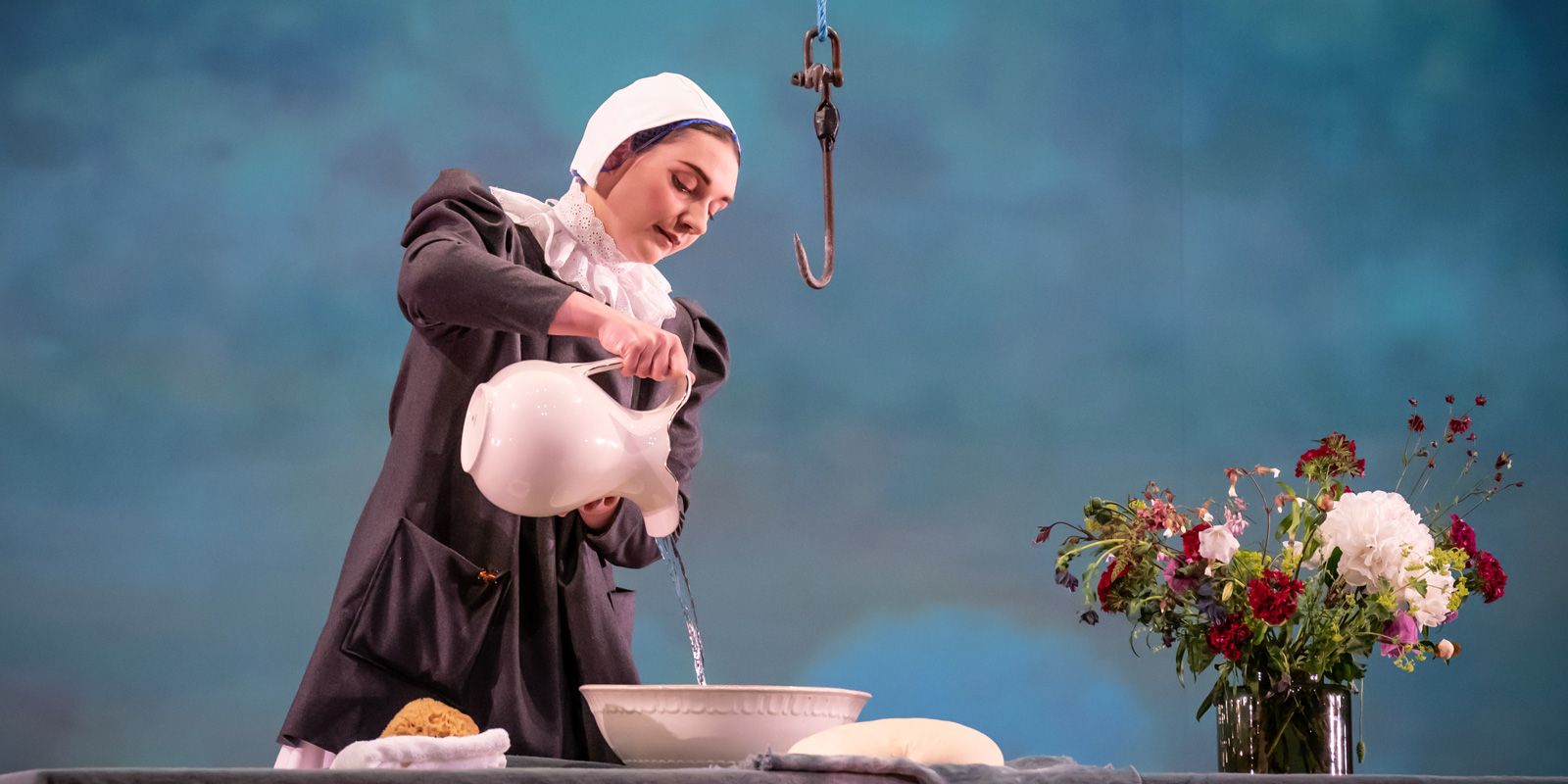 Image by Marc Brenner
Image by Marc Brenner
Q&A with Tom Coult
Director's Note
I wasn’t present at Violet’s birth. I came to the opera not long before its intended premiere in spring 2020 – and now here we are, two years later, ready to bring it to the stage at long-anticipated-last. When Rosie Elnile (designer), Cécile Trémolières (costume designer) and I first met the piece, it was not dissimilar to the woman encountered by the audience in the opening moments of the opera: Violet (and Violet) is a lone flint figure, made out of compressed multiverses.
The world of Violet deliberately avoids a specific geographical or historical setting, though not out of an attempt to attain ‘universality’ through time/placelessness, or the use of anachronism to make the past speak to today. Instead, the things that appear on stage accumulate in a precise portrait of the external forces acting on a woman who, pinned between them all, has moved through her entire existence unable to conceive of it as being a life, in the sense that appears to be enjoyed (and demanded) by everyone else around her. ‘For as long as I have lived,’ Violet tells her husband Felix, ‘I have never held anything like hope or aspiration or joy for the potential of what my life could be.’ The word ‘depression’ is not voiced aloud in the piece, although alluded to by the presence of medication and references to self-harm. But the story we are presented with is not one of an individual fighting to escape the injustices of any one particular place – it is instead the story of a person for whom existence itself relentlessly fails to hold any coherent meaning whatsoever, for whom consciousness is a cruel absurdity relayed through a collation of objects and actions, and for whom freedom only comes at last in the cosmic, steamrolling obliteration of every single last physical thing on earth.
Our design process therefore focused on the specificity of visual images, and the truths revealed by their contradictions and juxtaposition. Hand-lathed wooden objects imbued with the love and labour of craftsmanship, handed down through decades and centuries to next generations who are obliged to preserve them and sit forever in their shadows. The ‘fuck you’ rebellion of frivolous, hyper-feminine dressing. The affluence of having a MacBook – and a maid. The austere monumentalism of White Protestant Western European aesthetics. The nature-destroying plastics that we have created to help us farm our food, and how in moments of disaster we repurpose the debris we’ve made to try and build ourselves a shelter from the winds and seas. The evolution of male clothing from platemail armour to the modern suit. The domestic kill-or-be-killed act of self-aborting a baby. Walking in the mud to hear birds sing. Hand-making bread. All of these things are Violet’s world. The starkness of her character comes from the fact that she sees them all for what they are – mere facets and glancing moments in a void. And her extraordinary humanity lies in the way that she watches them fall away and, in doing so, reaches a hand out to her fellow survivors as they stare in frozen terror at the disappearance of a world they thought was robust, logical, complete.
In the final scenes of the opera, Violet slides from view as Alice and Tom take us through the ending of one world into another. We have witnessed a cataclysm through the eyes of one protagonist but, as Violet sails into an unknown next, Violet invites someone new to take the floor. What are the images, the words, the events, the constructs, that make up each individual’s reality? And, when you acknowledge at last that it is all going to end sooner rather than later, what will you do?
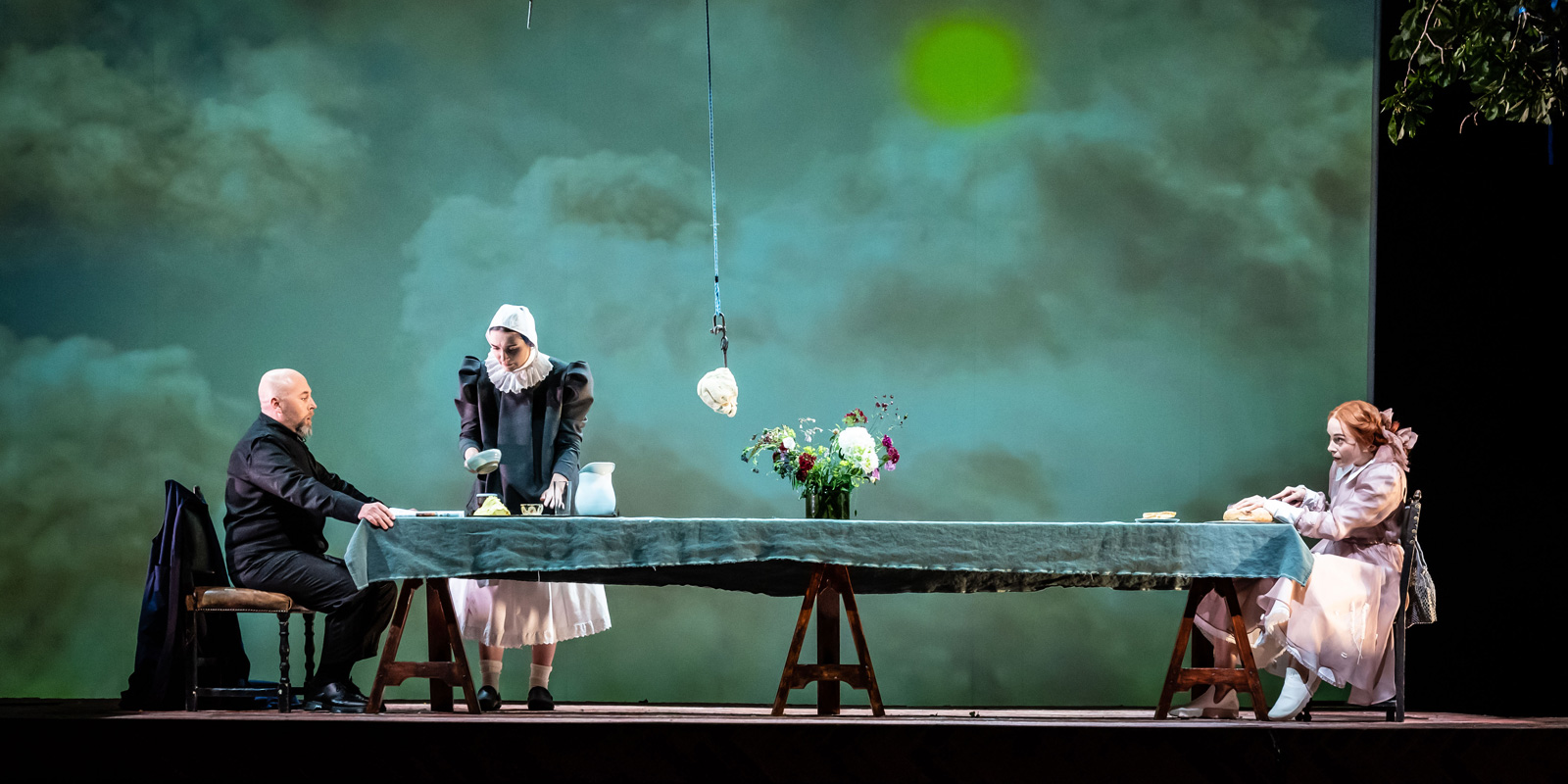 Image by Marc Brenner
Image by Marc Brenner
Q&A with Jude Christian
Rehearsal
Behind the scenes videos
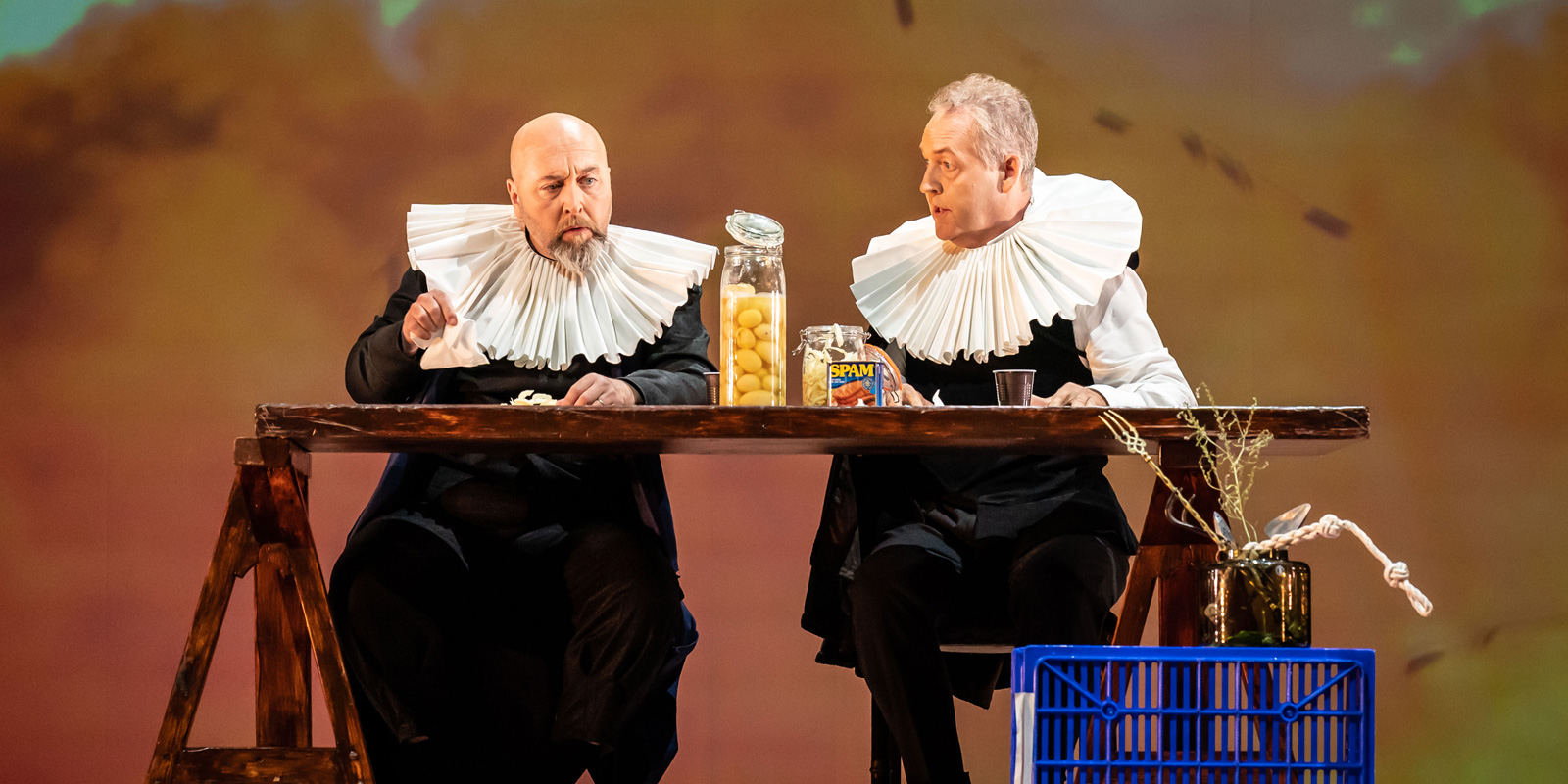 Image by Marc Brenner
Image by Marc Brenner
Reviews
About Music Theatre Wales
Music Theatre Wales exists to breathe new life into opera and music theatre as contemporary forms of artistic expression.
Based in Wales, we are changing the way opera is made and perceived, by addressing who makes it, by reaching out to new and more diverse audiences, and by creating new work that responds to and reflects society: Giving opera a new voice and new ownership; celebrating opera as a multidisciplinary form.
About Britten Pears Arts
Britten Pears Arts is a pioneering cultural charity based in Suffolk. It emerged from the determination of composer Benjamin Britten and his partner, singer Peter Pears, to ensure that everyone could enjoy and experience music. Britten Pears Arts aims to continue their legacy to develop talent, celebrate their heritage and engage with communities. We use music to transform people’s lives, to bring communities together and enhance daily life. We want the arts to effect powerful positive change in, and for, society; or as Britten himself would have put it, making the arts “useful”.
About London Sinfonietta
The London Sinfonietta is one of the world’s leading contemporary music ensembles. Formed in 1968, our commitment to making new music has seen us commission over 450 works and premiere many hundreds more.
Our ethos today is to experiment constantly with the art form, working with the best composers and performers and collaborating with artists from alternative genres and disciplines. We commit to challenging perceptions, provoking new possibilities and stretching our audiences’ imaginations, often working closely with them as creators, performers and curators of the events we stage.
About The Royal Opera
The Royal Opera, under the artistic direction of Antonio Pappano, Music Director, and Oliver Mears, Director of Opera, is one of the world’s leading opera companies. Based in the iconic Covent Garden theatre, it is renowned both for its outstanding performances of traditional opera and for commissioning new works by today’s leading opera composers.
With Thanks
Violet began life at Snape Maltings in 2016 on a Jerwood Opera Writing Fellowship.
We would like to thank Faye Jennett, English Touring Opera, Opera Holland Park, Katie Newton of Drowsy Bee Flowers.
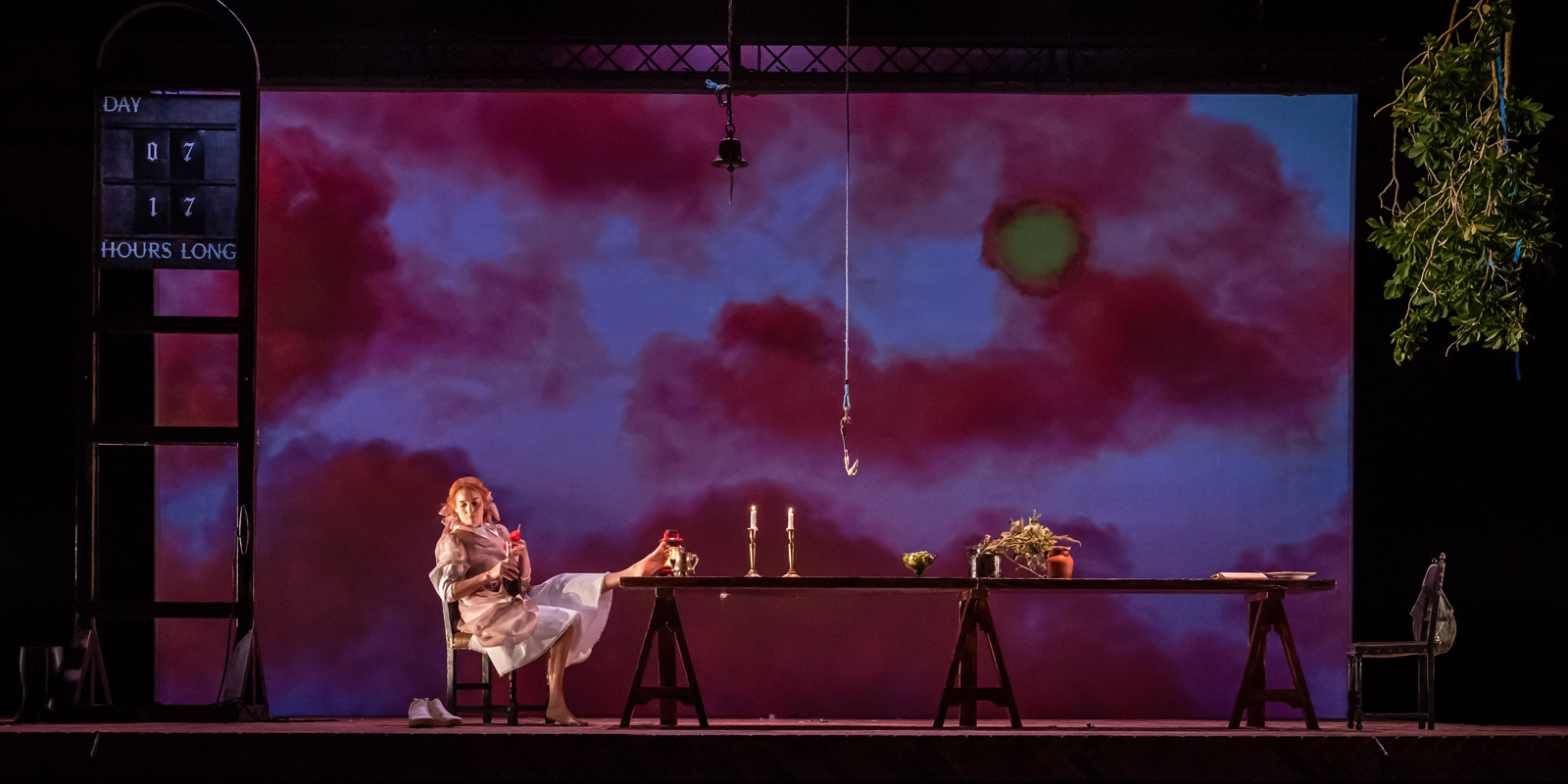 Image by Marc Brenner
Image by Marc Brenner
TOUR DATES
-
Aldeburgh Festival, Aldeburgh
June 3rd & 5th 2022
-
Sherman Theatre, Cardiff
June 8th 2022
-
Theatr Clwyd, Mold
June 19th 2022
-
Hackney Theatre, London
June 23rd 2022
-
Buxton International Festival, Buxton
July 18th 2022
The London performance is co-produced and presented by The Royal Opera in association with Hackney Empire
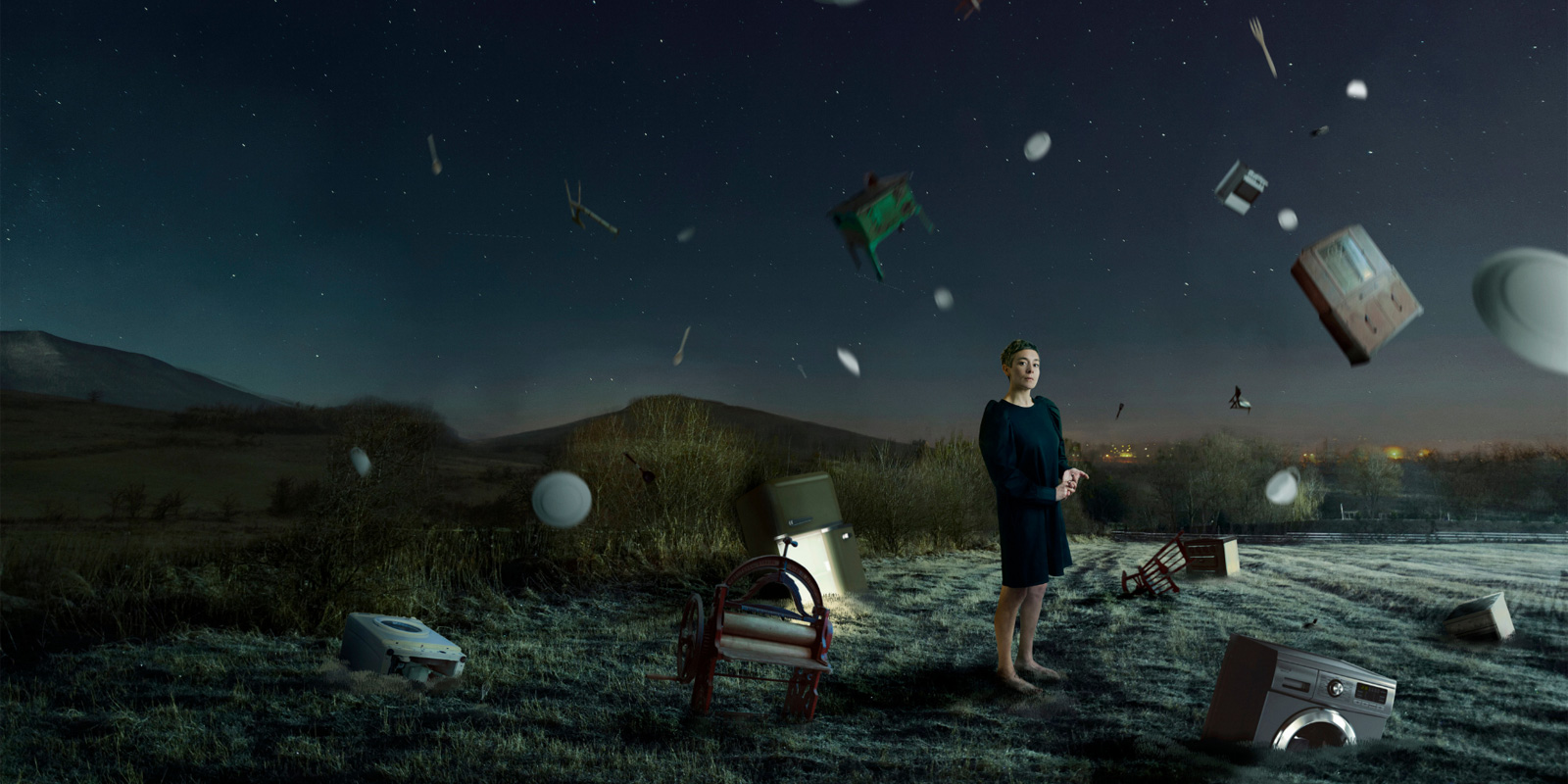
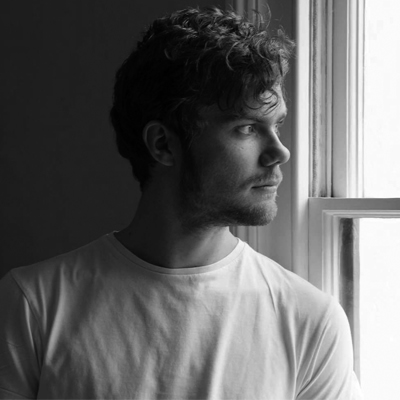
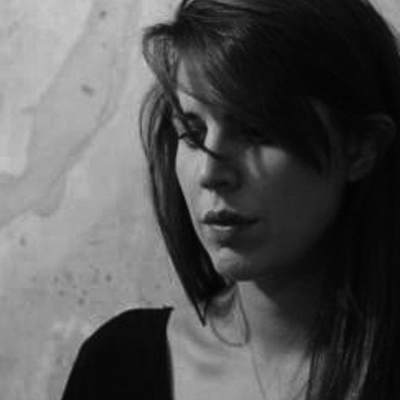
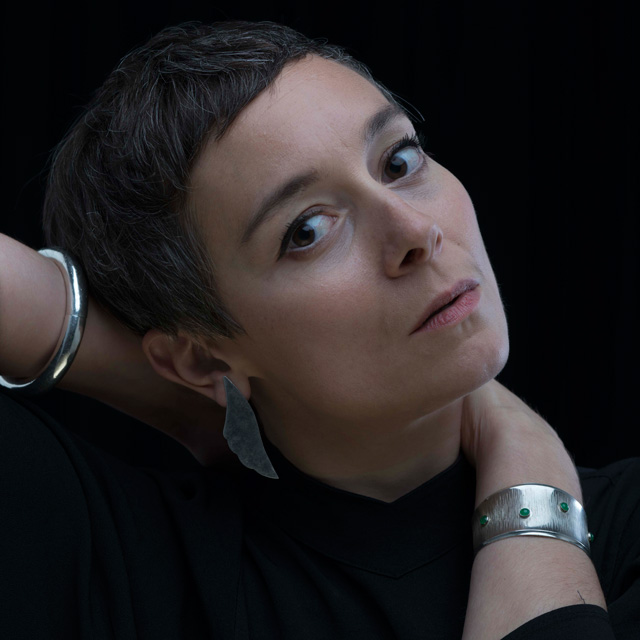
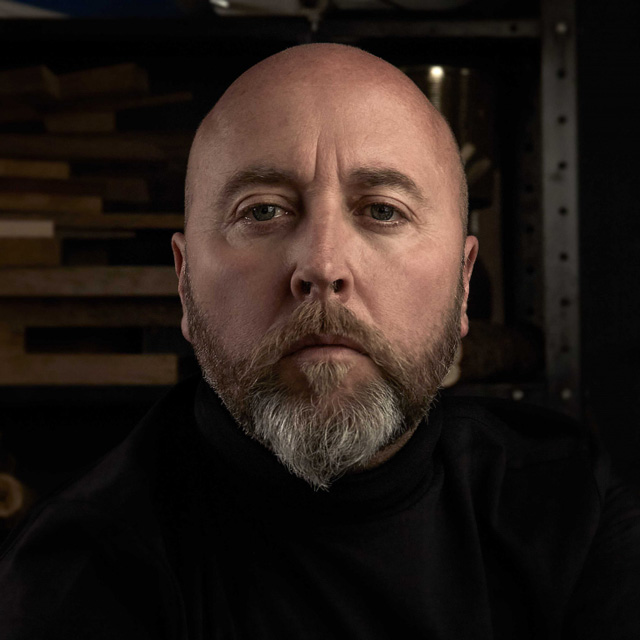
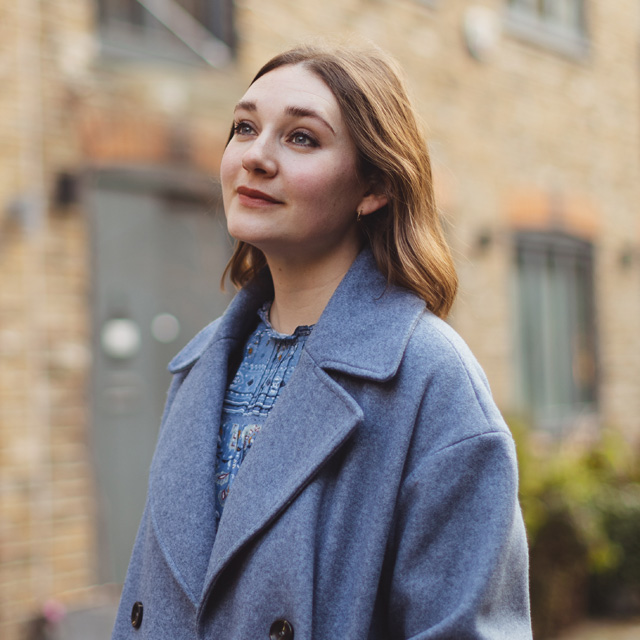

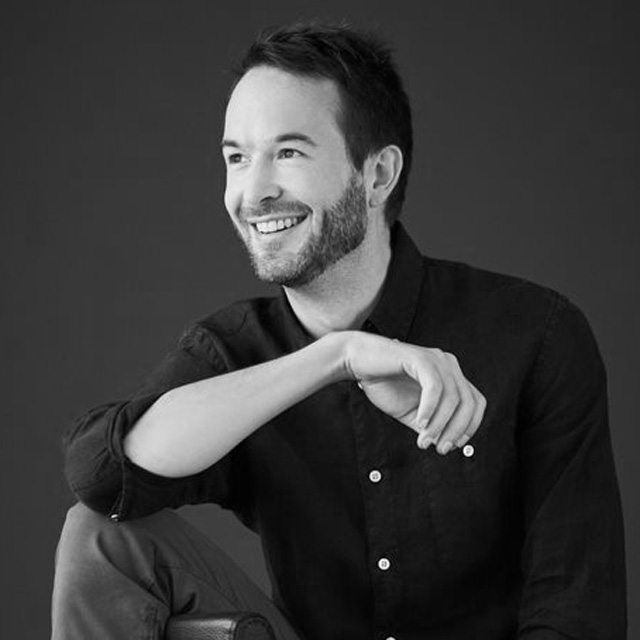
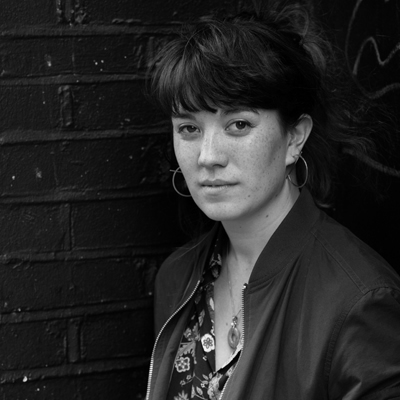

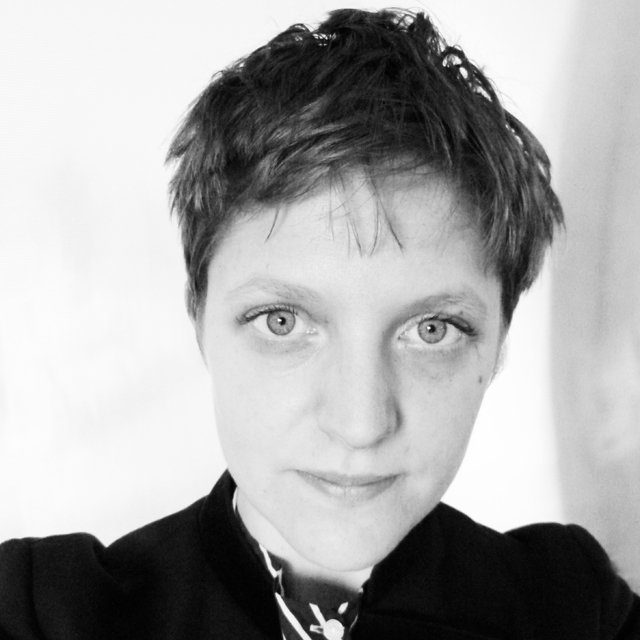
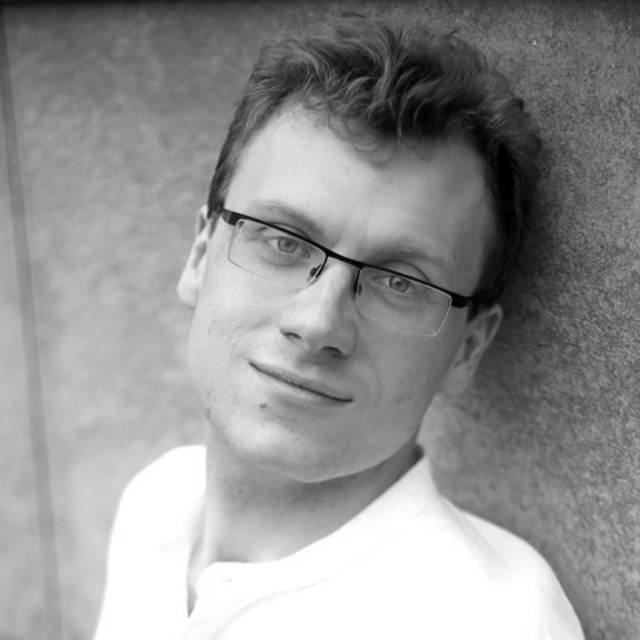


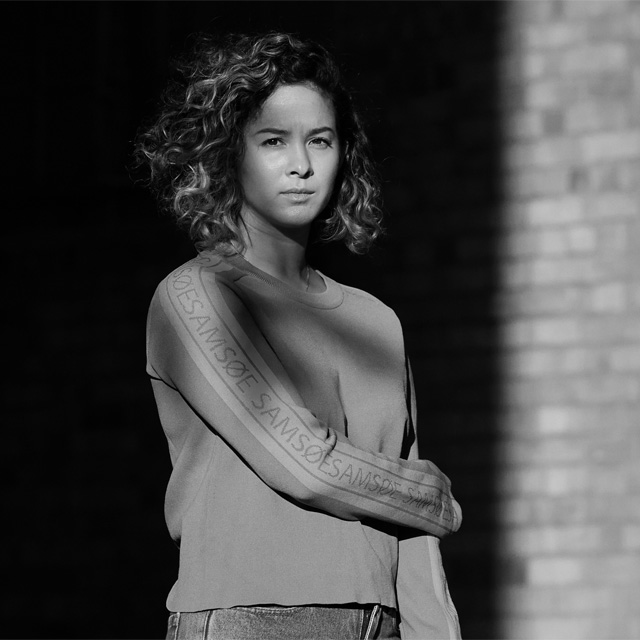
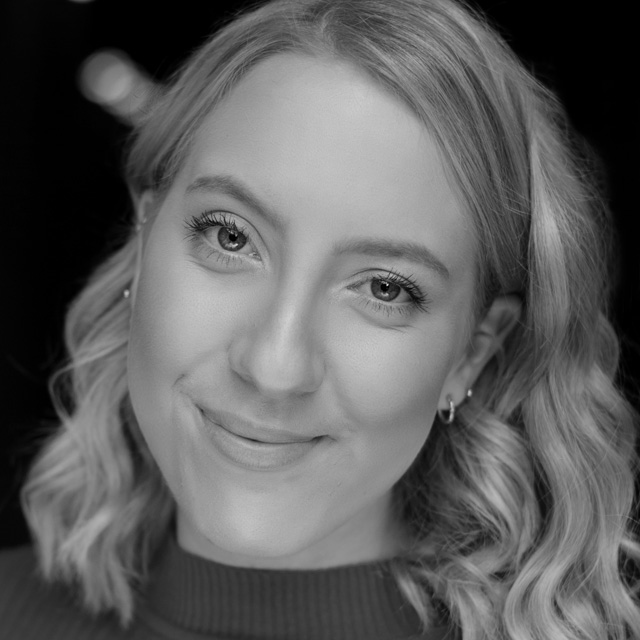
.jpg)
.jpg)
.jpg)
.jpg)
.jpg)
.jpg)
